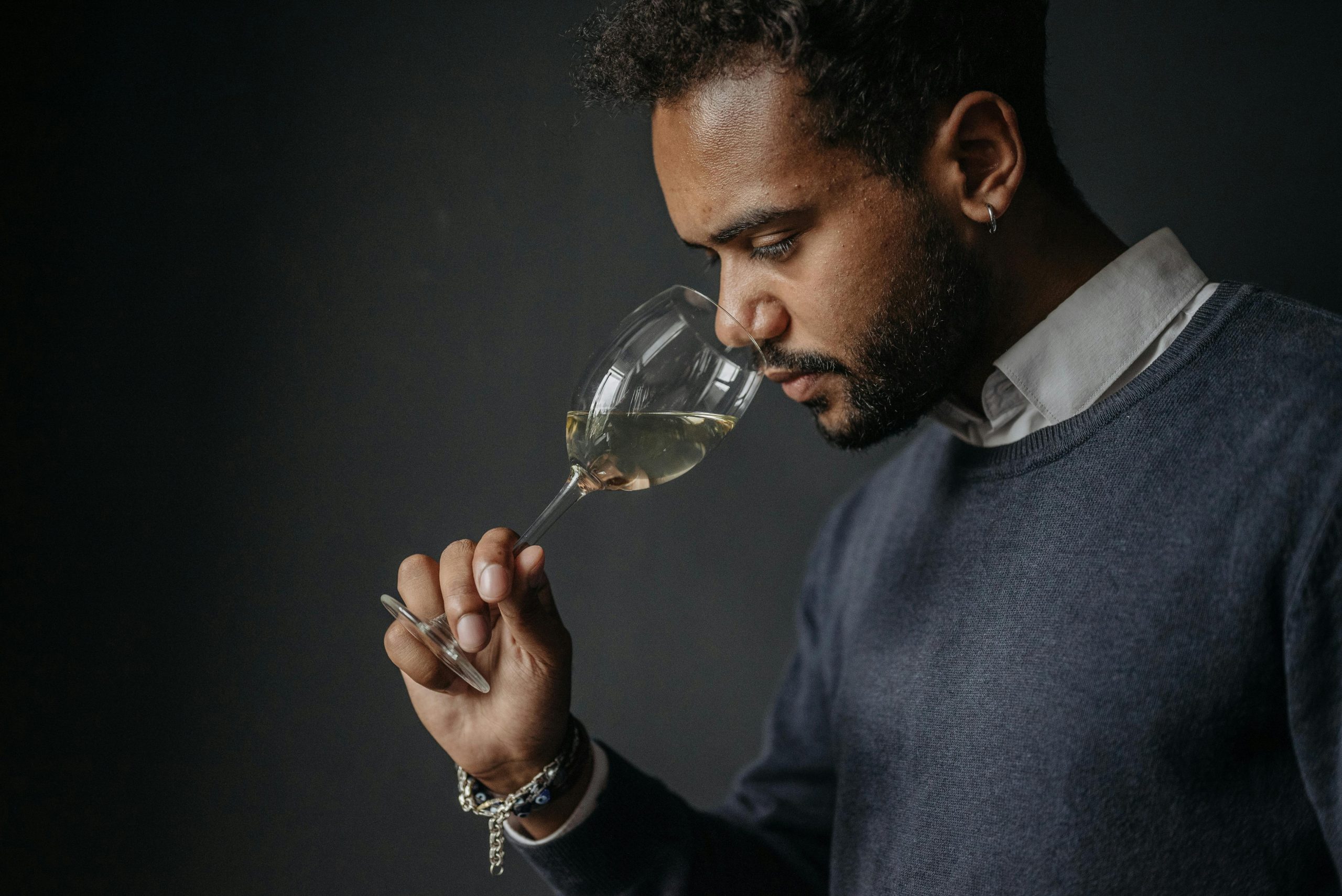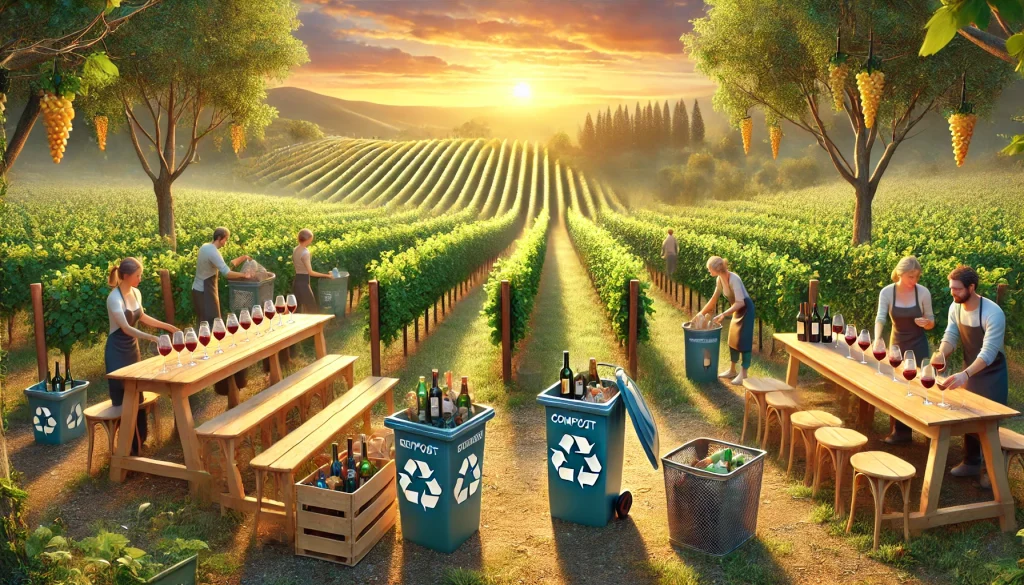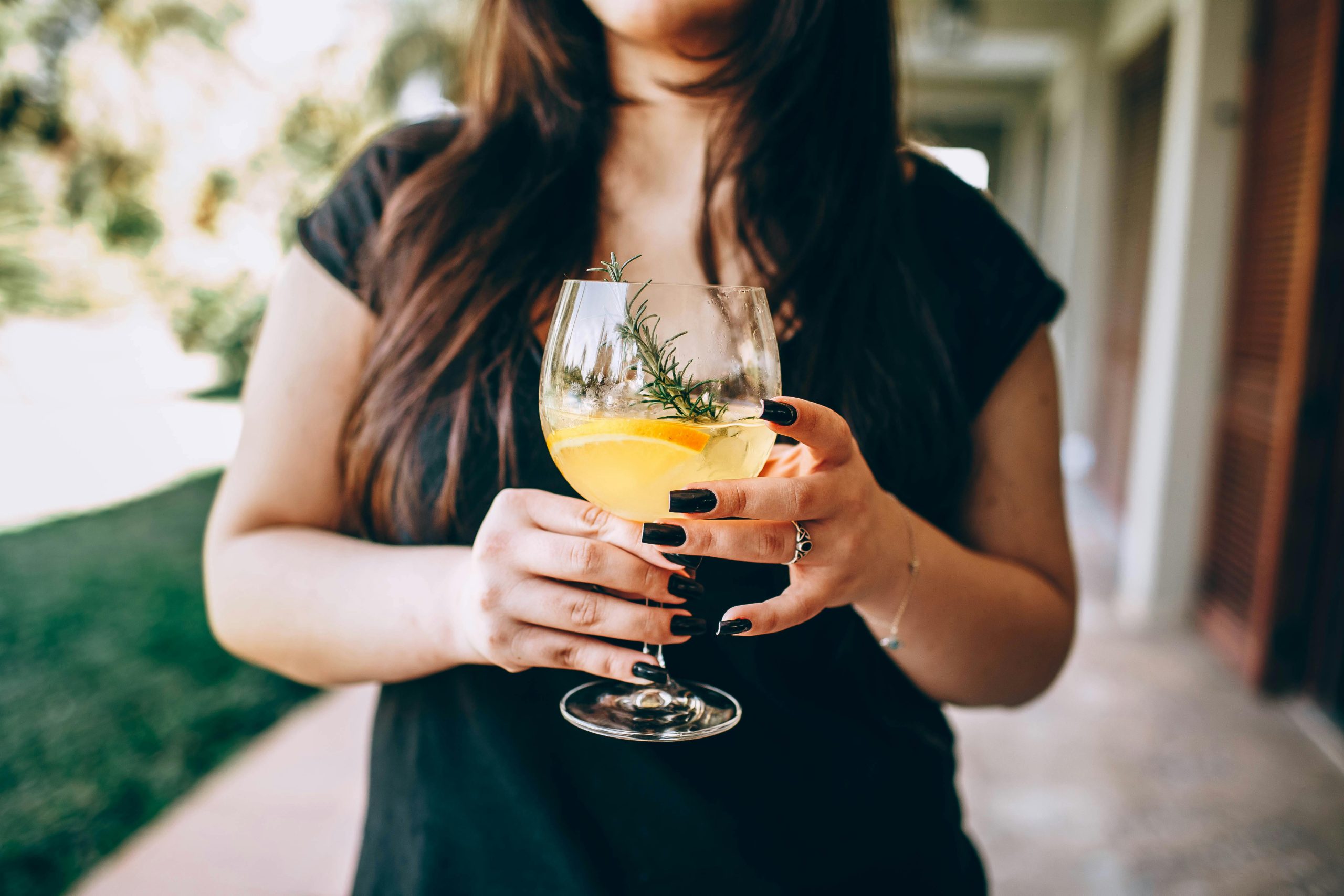Ice Wines: Sweet Treats Born from Frost

Imagine you wake up to a white winter morning, and everything outside looks like it’s been dusted with powdered sugar. The air bites a little, and every branch, leaf, and blade of grass is wrapped in sparkling frost. Now, think of a group of bundled-up workers trotting through a vineyard, their breath visible as they pick tiny, frozen grapes by hand. Crazy, right? This is how ice wines are born.
Ice wine (or Eiswein, if we’re going full German) is winter magic in a bottle. It’s sweet, rare, and pure luxus—the perfect companion for the season. If you’ve never tried it, you’re missing out on one of winter’s greatest pleasures. And if you have, well, you already know it’s pure, frosty joy in a glass. Let’s warm up while we look into why ice wine deserves a spot on your winter table.
What Is Ice Wine, and Why Is It So Special?
At its heart, ice wines are dessert wine. But it’s not just any dessert wine. It’s made from grapes that freeze naturally on the vine. That’s the key — naturally. This isn’t about tossing grapes in the freezer after harvest. Oh no, this process relies on Mother Nature and her frosty timing.
Here’s how it works:
- Grapes stay on the vine long past the usual harvest time, sometimes into December or January.
- When the temperature drops to around -7°C (19°F), the water inside the grapes freezes, but the sugars and other flavors don’t.
- The grapes are picked while frozen and immediately pressed.
Since the water is frozen, what comes out is a small amount of incredibly sweet, concentrated juice. This juice is the goldmine for ice wine.
Why is it special? It takes a lot of grapes to make just one bottle of ice wine. Some producers say it’s like squeezing raisins. The yield is tiny, the labor is intense, and it depends entirely on the weather cooperating. No freezing temperatures? No ice wine.
This rarity is what makes ice wine so treasured — it’s a true product of the season. If you’re curious about how modern winemakers sometimes speed up the freezing process, check out this article on cryoextraction.

Where Did Ice Wine Come From?
Like many delicious things, ice wine started as a happy accident. The story goes back to 18th-century Germany, where winemakers were hit with an early frost. Instead of throwing the frozen grapes away, they decided to press them. The result? A syrupy, sweet wine unlike anything they’d tasted before.
Over time, Germany perfected the craft and gave us Eiswein, which is still one of the world’s most renowned versions. But the story didn’t stop there. Ice wine has spread to other parts of the world, with Canada becoming its modern-day champion.
Fun fact: Canada’s cold winters provide the perfect conditions for consistent ice wine production, particularly in the Niagara region. If you’ve ever tried Canadian ice wine, chances are you’ve tasted a bit of Niagara magic.
What Does Ice Wine Taste Like?
If you have a sweet tooth, ice wine is basically your soulmate. It’s intensely sweet but balanced with enough acidity to keep it from being cloying.
- Flavors: Think honey, ripe tropical fruits (mango, pineapple, peach), apricots, and a hint of citrus. Some even have floral or spicy notes, depending on the grape variety.
- Texture: It’s rich and luscious, almost syrupy, but not heavy. It’s like a luxurious treat that lingers on your tongue.
The most common grapes used for ice wine are Riesling, Vidal Blanc, and sometimes Cabernet Franc for a rare red version. Each grape gives a slightly different twist, but they all share that signature frosty sweetness.
How Do You Drink Ice Wine?
You’ve got this golden, magical liquid — now what? Don’t worry, it’s very simple.
- Serve it cold: Ice wine tastes best chilled, but not too icy. Around 8-10°C (46-50°F) is perfect.
- Use small glasses: Ice wine is rich and intense, so you don’t need much. Think of it like liquid gold — a little goes a long way.
- Pair it smartly: Ice wine shines with desserts and bold flavors. Here are a few winning combos:
- Fruit-based desserts: Apple tarts, peach cobblers, or berry crumbles.
- Cheese: Soft blue cheeses like Gorgonzola or creamy brie.
- Foie gras: If you’re feeling fancy.
- Dark chocolate: The bitterness balances the wine’s sweetness beautifully.
If you’re not a dessert person, ice wine also works as a dessert on its own. Just pour a little into a glass and sip slowly. It’s the perfect ending to a meal.

Why Is Ice Wine Perfect for Winter?
Picture yourself curled up on the couch, a soft blanket wrapped around you, and a crackling fire nearby. Now add a glass of ice wine to the mix. Sounds perfect, right?
There’s something about ice wine that feels so winter-appropriate. Maybe it’s the frosty origin story or the way it pairs so well with cozy, rich foods. Whatever it is, it just works. It’s like winter’s answer to a summer rosé.
Serving ice wine makes everything feel a little more special, no matter if you’re hosting a winter dinner or just treating yourself on a quiet evening. Plus, it’s a great conversation starter. “Did you know they pick the grapes while they’re frozen?” …
Personal Ice Wine Moment
The first time I tried ice wine, I didn’t know what to expect. I’d heard about it but never splurged on a bottle because, let’s be honest, it’s not the cheapest wine on the shelf. But one winter evening, a friend brought over a small bottle of Canadian Vidal Blanc ice wine.
We poured it into tiny glasses, and the golden liquid sparkled under the light. One taste, and it felt like sunshine on a winter day — sweet, warming, and so, so smooth. We ended up pairing it with a homemade pear tart, and honestly, it felt like we’d discovered a secret luxury.
That night, I learned two things: ice wine is worth every penny, and some treats are meant to be enjoyed slowly.
Where to Find a Good Ice Wine
Ice wines might sound exclusive, but it’s easier to find than you think. Start by checking:
- Local wine shops: Ask the staff; they often carry small batches of unique wines.
- Online retailers: Many wineries sell directly online and will ship to your doorstep.
- Wine festivals: Some winter wine festivals feature ice wine tastings. It’s a great way to try before you buy.
If you want the best, look for bottles from Canada or Germany. The labels often include words like Eiswein (Germany) or VQA (Canada’s quality assurance). These regions are known for their strict standards and top-notch ice wines.
Final Drop: Why You Need to Try Ice Wine
Winter can feel long and dreary, but little joys make it better. Ice wines are one of those joys. It’s sweet, rare, and a little bit indulgent — perfect for treating yourself or sharing with friends. Whether you sip it by the fire, pair it with dessert, or use it to impress at a dinner party, ice wine brings a touch of magic to the cold season.
So, next time you see a bottle, don’t hesitate. Grab it, chill it, and enjoy every golden drop.


































